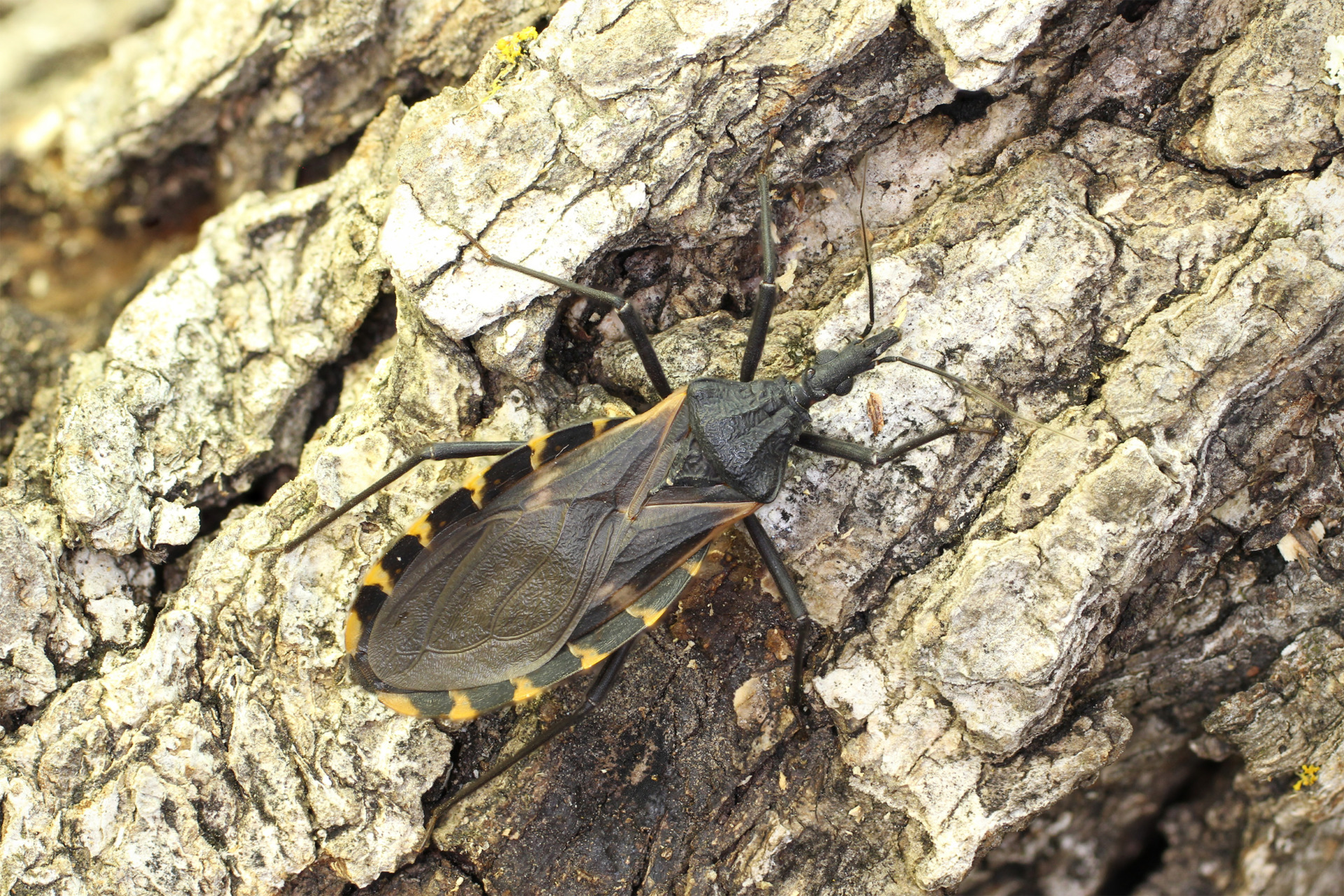Protecting Homeland Security working dogs from Chagas disease
Texas A&M, Georgia scientists study Chagas disease prevalence, prevention and protecting DHS operational capability
Cross-Border Threat Screening and Supply Chain Defense, CBTS, a U.S. Department of Homeland Security, DHS, Center of Excellence housed within Texas A&M AgriLife Research, is providing new estimates of the frequency of dog infections by the Chagas disease parasite in DHS working dogs.

This work will help prevent disease and assist in maintaining the operational capability of the valuable dogs and their human handlers. The results will support the creation of a more effective plan to prevent, treat and guard against Chagas disease. The findings can also help protect other at-risk dogs, such as hunting dogs, shelter dogs and pets.
The project is supported by the U.S. Department of Homeland Security Science and Technology Directorate. It brings together an experienced team of researchers from the Texas A&M University College of Veterinary Medicine and Biomedical Sciences and the University of Georgia.
Challenges from Chagas disease
Chagas disease is a deadly heart disease that is caused by infection from the protozoan parasite, Trypanosoma cruzi, which is transmitted by triatomine “kissing bug” insect vectors. With estimates of 6-7 million people infected, Chagas disease is a recognized human health threat where it is endemic in Central and South America, and parts of Mexico.
Chagas disease is an emerging public health concern for humans in the southern U.S., where kissing bugs and the Chagas parasite have long occurred. Wild and domestic mammals are also at risk for infection, including dogs, which may become infected upon eating kissing bugs. Few tools exist to help control these kissing bug insect vectors and prevent the devastating disease in humans or animals.
Chagas persists as a vector-borne disease of humans and animals, which continue to emerge with increasing morbidity and mortality.
Helping dogs through research
“It is such an honor to again work with these beautiful dogs that have such critical security duties at the borders, ports of entry and in our airports,” said Sarah Hamer, Ph.D., DVM, DACVPM, professor of epidemiology in the Texas A&M College of Veterinary Medicine and Biomedical Sciences.
“We hope to apply the advances we’ve made in diagnostics, treatment and vector biology to help protect these animals.”
Hamer is the project’s principal investigator, whose prior work in Chagas documented nationwide exposure in government working dogs, including dogs in northern states and nonendemic areas where triatome insects are not found, likely reflecting exposure of these dogs while training in the southern U.S.
Ashley Saunders, DVM, DACVIM, professor of cardiology in the College of Veterinary Medicine and Biomedical Sciences, will guide the cardiac clinical assessments for the project and oversee biomarker analysis. Rick Tarleton, Ph.D., Regents Professor at the University of Georgia, rounds out the team with his expertise in Chagas immunology, diagnostics and assessment of treatment outcomes.
This multi-part study involving several organizations will help scientists better understand where in the U.S. dogs are being exposed to Chagas disease and how common it is. It will also identify risk factors for DHS working dogs and test possible ways to prevent and treat the disease.
“Our CBTS mission centers on protection against biological threats and hazards,” said Heather Manley Lillibridge, Ph.D., executive director of CBTS. “Bringing together this experienced team of the best researchers across the nation will provide us with an understanding of the risk profile for disease, and also practical tools to directly help DHS protect its workforce — human and canine alike.”


